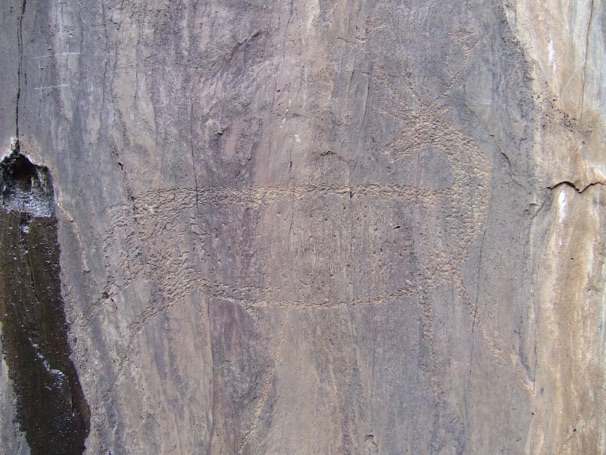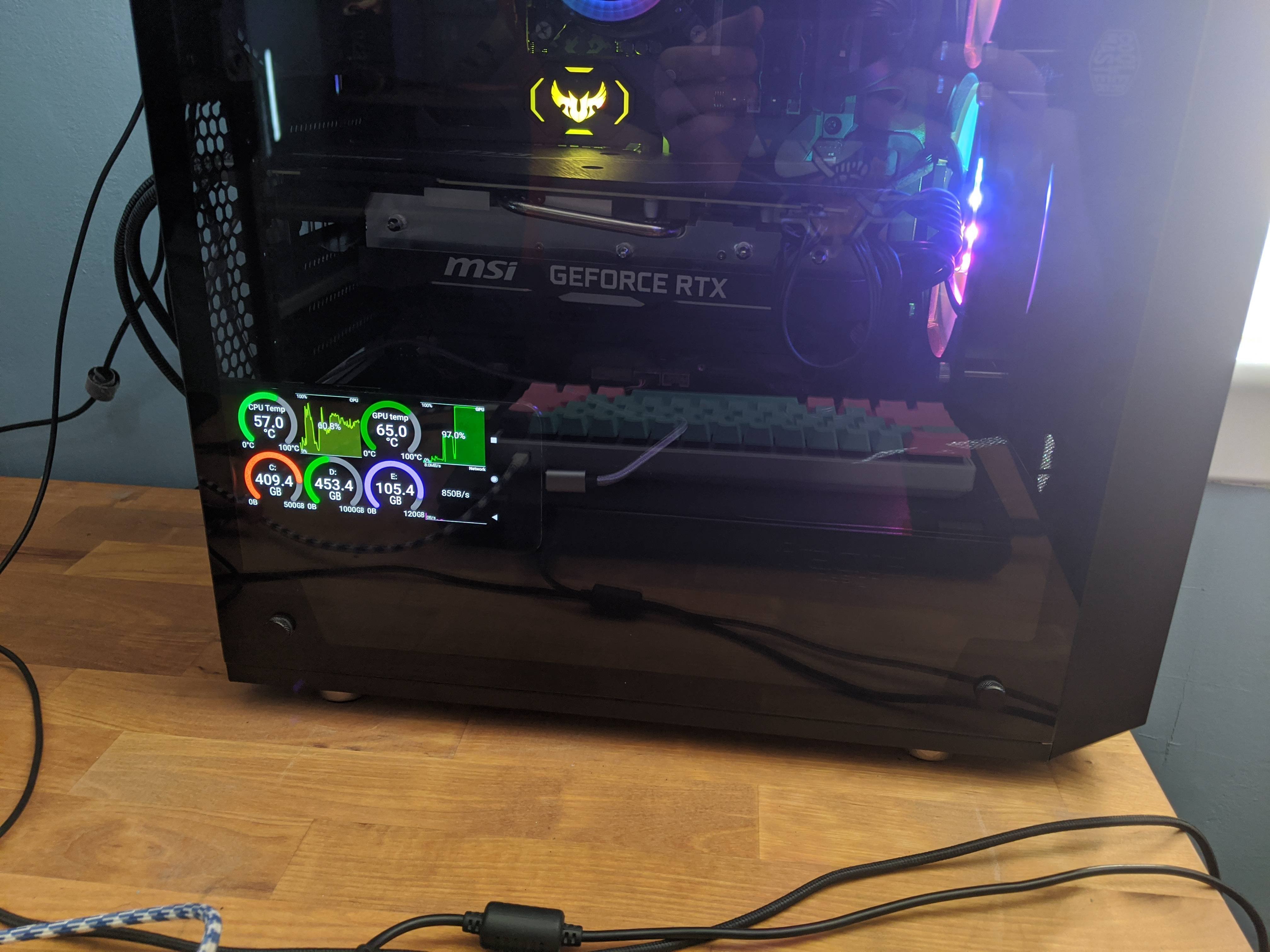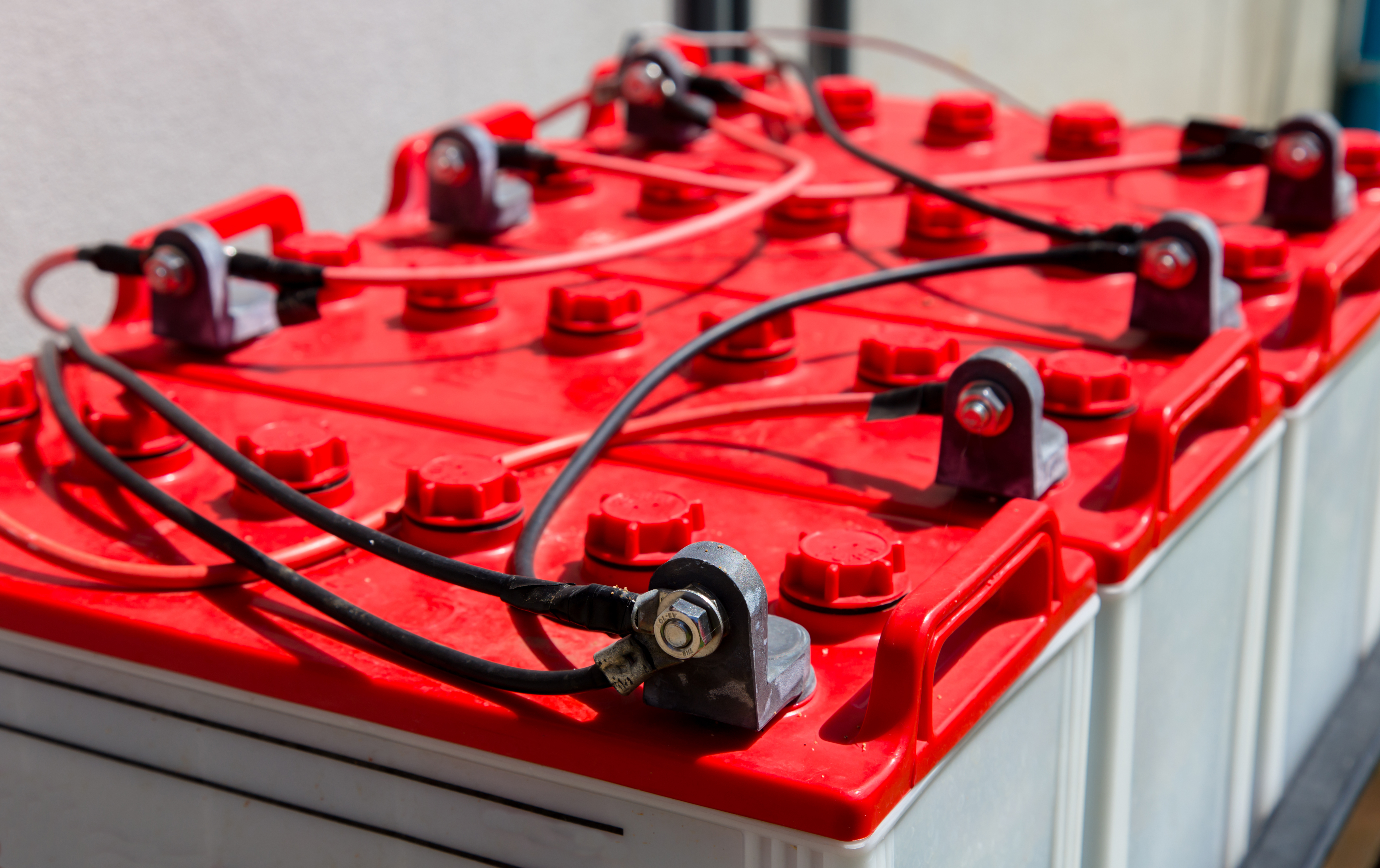Table of Content
In this video, you will learn how to build a carbon filter, an exhaust fan and how to use them effectively. You don't need to spend $100+ for a carbon filter to lower the levels of VOCs and other organic compounds present in your indoor air, you can make one at home in 10 minutes. Works great if you are hiding something from your housemates or family. The purpose of this book is to show you how to create your very own carbon filter for odor control and other purposes.
Older-style metal ducting, in particular, is prone to popping open at the crimped seams. “Oftentimes we’ll find ductwork that has been trampled, or moved so that it has an elbow in it,” said Hartle. Male molds are usually more cost-effective and quicker to construct, but they will "grow" with each layer. So, consider the final size when making your carbon fiber part. You should always wear protective gear, such as gloves, goggles, and a face mask.
DIY Carbon Filter for Grow Room: What Items Do You Need?
The temperature will have to be hot enough to cause the material within the pot to burn. It may take several hours for this process to complete. During that time, you should see smoke and gas escaping from the pot. Pre-filter is the breathable, semi-translucent medium around the carbon filter body. To allow the air to pass through it, the air resistance is kept as low as possible.

They will, in general, be not as hard, so be extra cautious when drilling some holes into them. Drilling tools that are as small as 5/32 may turn out best for this. Then, connect the ducting to a power source of the exhaust fan and secure it with a duct tape. Hang up the setup to the rooftop handles of the grow tent as high as possible.
Step 2: Drill Holes on the Bottom Surface of the Cups
At this point, the charcoal should be wet, but not saturated. When no more smoke or gas seems to be coming from your pot, it’s likely finished cooking. I understand that LWF is under no obligation to create or use any such materials or information in any way. 30 mg samples of each carbon were measured into 35 mL test tubes and covered with 30mL of 1% methylene blue solution.
Next, cover the mold with resin before pressing sheets of fiber cloth onto the mold. Then, protect your mold from dust and dirt by placing a bag over the mold. Finally, make sure the temperature where your mold is sitting is at least 60 degrees F so that the resin can cure well, which can take 24 hours. The science of activated carbon is complex, and it’s understood that I shouldn’t expect to be able to make gas-mask or pharmaceutical grade carbon in my backyard over the course of a weekend.
VIDEO: Primitive Skills and Why You Should Learn Them
In addition, draining your water heater once a year can increase the unit’s efficiency and extend its life, Elsesser says. Fortunately, there are steps you can take to protect your house from snow, ice and freezing temperatures and avoid costly repairs. Wirecutter is the product recommendation service from The New York Times. Our journalists combine independent research with over-the-top testing to save people time, energy and money when making buying decisions. Whether it's finding great products or discovering helpful advice, we'll help you get it right . You can use DIY water filtration at home, for travel, or in nature.
Not all of them will have the same result and most can’t provide all these types of filtration. For indoor water use, it may be a good idea to keep a stock of filtered water available in case of emergency water shutoffs or other events that result in a lack of clean drinking water. Once you have applied three to seven layers of resin, it is time to sand it.
Whatever filtering method you choose, there are a couple things to keep in mind for the best experience. Boiling water and UV treatment, as well as iodine, chlorine, and other disinfectant tablets, can remove certain bacteria. You may be interested in filtering your water for many reasons. People sometimes use fruit peels, such as apple peels, for water purification in remote villages that rely on contaminated water for everyday needs. However, it doesn’t appear to be very effective at removing bacteria, viruses, or hard water minerals . To use, follow the instructions on the package and drop the tablets into the water to purify it, letting them sit for a directed period of time.

Once complete, turn the setup into an upright position. It is very important that the rim of the inner mesh is oriented with the level of the rim of the outer mesh. Next, we are going to walk you through how to build an easy and effective carbon filter using household materials.
Tragically, young children are especially at risk of life threatening cases of diarrhea and further developmental issues related to malnutrition in non-lethal cases. The downside is that, for the most part, these technologies do very little for treating water for chemical contamination. An activated Carbon Filter is a cheap and straightforward filter that can significantly improve the air quality in your home.
While tap water is safe to drink, it still contains a whole lot of impurities you might want to remove, but buying a filtration system can be expensive. Alternatively, one day you might find yourself in an emergency situation where you need a source of drinking water just to survive. If you used a plastic bag, transfer the powder to a clean bowl, otherwise you can leave it in the mortar.
Carbon from stone or coconut shells absorbs chemicals, gases, and odors. While natural materials such as plants, herbs, and even spices repel insects such as mosquitoes. It's a fun and easy project for adults and kids alike, and it works as an air purifier, negative ions generator, and aromatherapy diffuser. This DIY carbon filter is designed to help remove additional odors at the grow tent and keep your indoor garden fresh. The kit includes everything you need for easy assembly in minutes. This is a simple guide on how to build your own carbon filter at home.
























